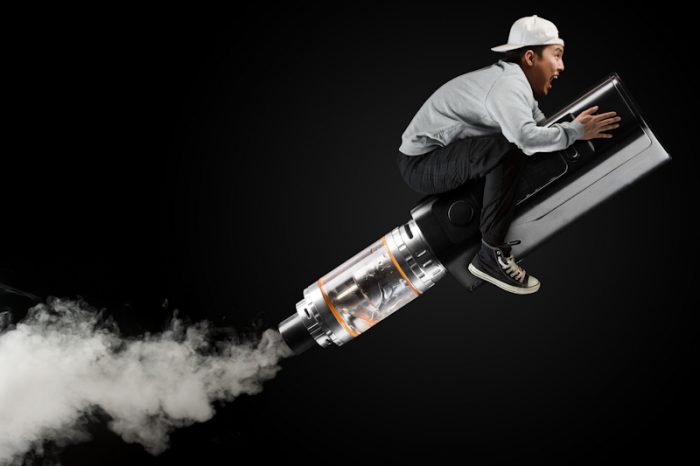The Nicotine Buzz – What Is It?
People new to vaping get it nearly all the time. Some long-term vapers get it in the morning. Eventually, almost everybody stops getting it altogether. Whatever happened to that nicotine buzz? We look at whether chasing the buzz is a healthy thing to be doing.
 Nicotine, like caffeine, is classified as a mild stimulant with a similar effect on the body, both drugs causing a sense of focus and alertness. Sometimes they can cause a sense of tingling, a feeling of a rush of blood to the head and slight dizziness.
Nicotine, like caffeine, is classified as a mild stimulant with a similar effect on the body, both drugs causing a sense of focus and alertness. Sometimes they can cause a sense of tingling, a feeling of a rush of blood to the head and slight dizziness.
Typically, the sensations associated with the buzz comes when you use a large volume of nicotine or when the levels of nicotine in your blood are low to non-existent. The influx of nicotine also triggers dopamine receptors in the brain, causing a flood of the hormone to coarse through the body delivering a wave of pleasure sensation. It is the link between nicotine use and dopamine that results in the user’s desire to keep doing it.
The prompt to seek the buzz again is exacerbated by the fact that it is such a fleeting sensation, lasting no more than seconds. Heavy vaping or vaping high strength liquids don’t help as that just leads to too much nicotine in the blood stream and feelings of nausea and headaches.
The issue here is twofold: nicotine tolerance and the body’s ability to break the chemical compound down swiftly.
Regular vaping, just as with regular smoking, builds up the body’s tolerance towards nicotine. The problem lies with those ‘happy hormone’ receptors in the brain. If you think about them being a lock and nicotine the key, only one key can fit in the lock at any given moment. Heavy or frequent nicotine use leads to many keys floating about in the bloodstream – but all the locks already have keys in them. Increasing the amount of nicotine you use doesn’t result in the increased release of dopamine. This is the point at which your body kicks in as your desire to vape decreases subconsciously.
Vapers seeking that buzz sensation again have only one clear option: stop vaping.
It sounds counterintuitive, but what needs to happen is for the receptors in the brain to clear. This is why the first vape of the day is the one that typically delivers the rush to the brain, but the longer you go without the more pronounced the impact will be.
This process also goes some way towards explaining why researchers are finding that vaping is more successful as a quit smoking tool than traditional nicotine replacement products. Patches and gums offer a slow release, low dose delivery of nicotine. This isn’t sufficient to deliver the quantity required for the user to experience the buzz associated with that first cigarette of the day.
Vaping, on the other hand, delivers a large quantity of nicotine to the brain in a very short period – as little as ten seconds. This makes e-cigs very efficient nicotine delivery systems, replicating cigarettes but being “at least 95% safer”.

Comments are closed here.